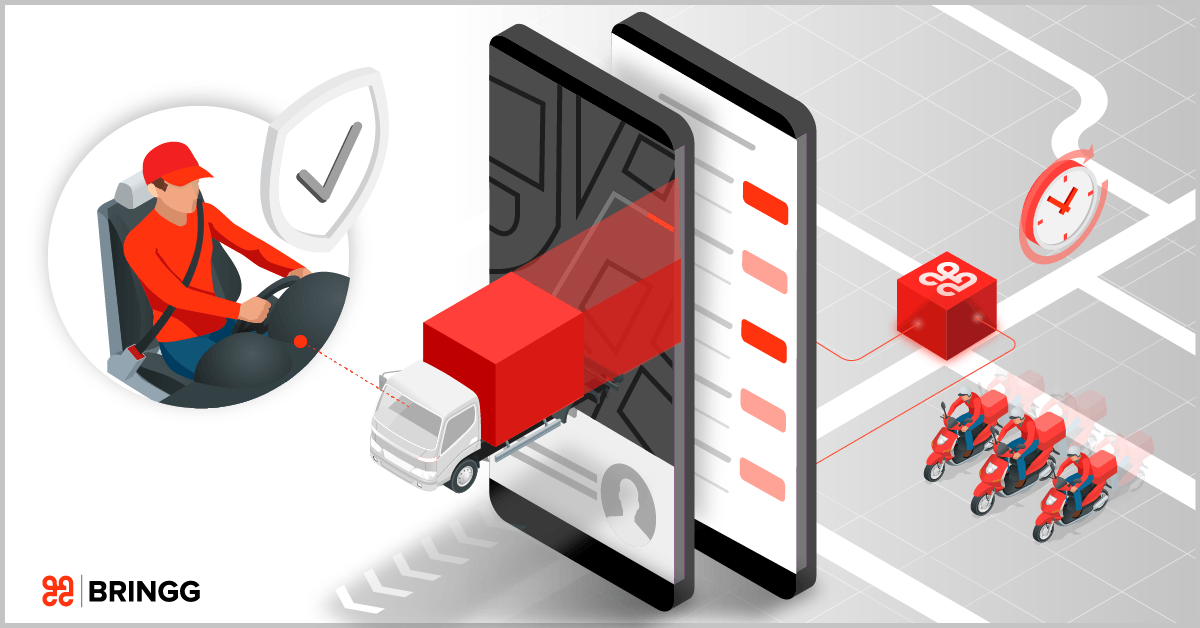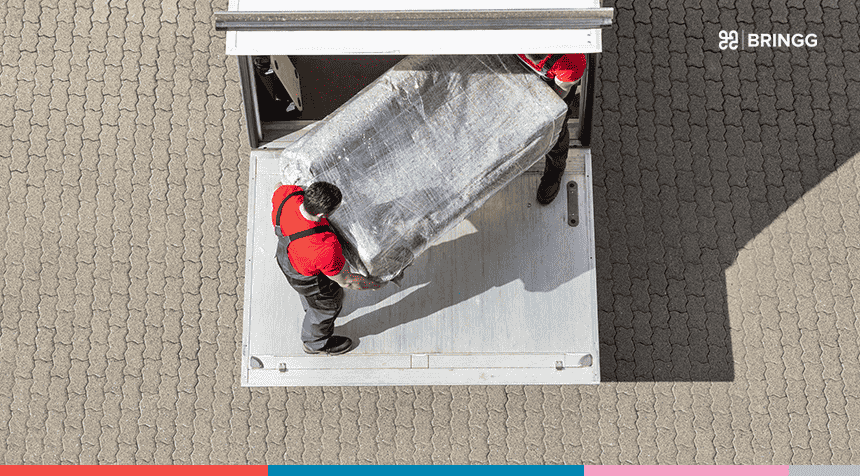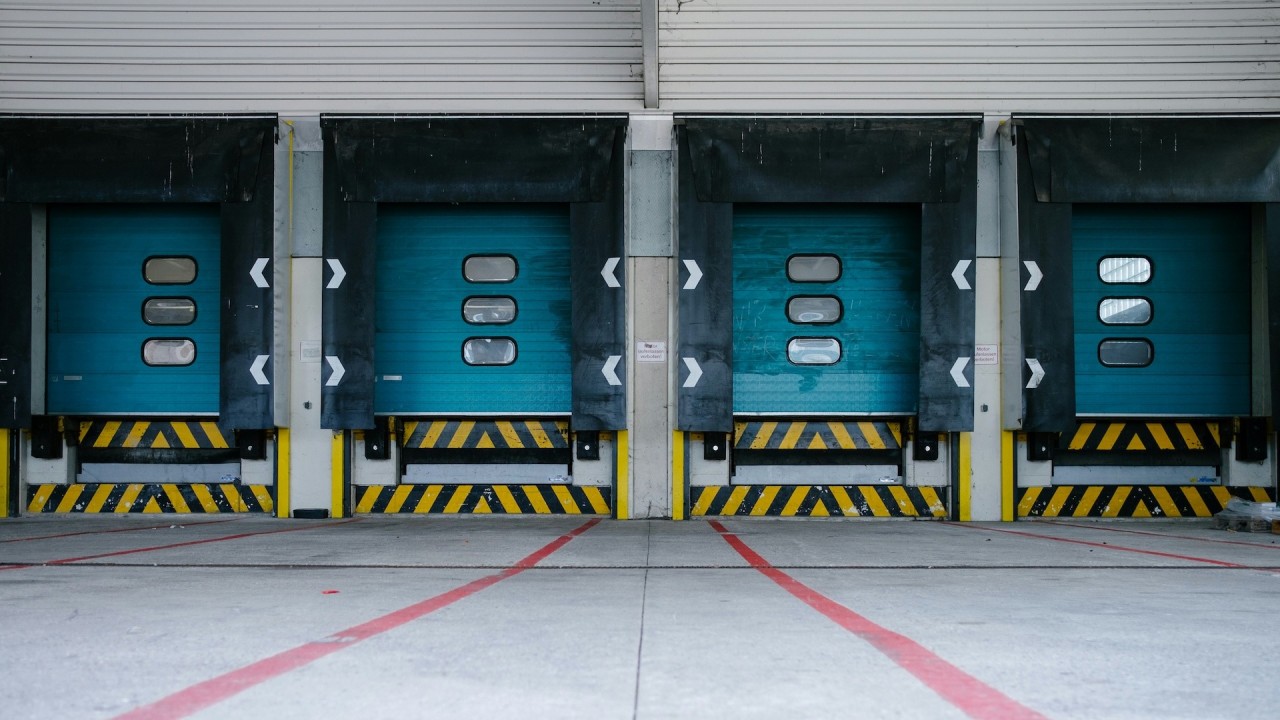Overnight, delivery has become a recognized, critical need in almost every sector, and drivers have become essential workers in high demand. According to CareerBuilder.com, truck drivers are the second-largest job opening right now, after registered nurses, and 4 of the top 12 jobs available were for drivers. Besides increasing volumes and enlarging teams, businesses and fleets have an additional complication to deal with today: driver safety.
Now more than ever, businesses must take steps to ensure that their drivers – whether from an internal fleet, contracted, crowdsourced – can deliver safely. When building the Bringg Driver App, we prioritized driver safety as much as driver efficiency. The resulting features are the result of years working with leading fleets around the world to understand and address driver and business safety concerns. These include:
– meeting regulatory requirements
– minimizing legal risks and insurance costs
– improving safety by encouraging safer driving
Here are some of the ways that Bringg’s Driver App addresses driver safety:
Driver Training and Delivery Flow Management
Proper training is essential to ensure that well-defined safety directives are carried out in the real world. Businesses configure Bringg’s Driver App to follow a ‘flow’ or set of required actions that drivers must take for each step in a delivery or service.
For example, businesses can require that drivers complete a safety tutorial as part of their onboarding process. The same flow management ensures that new deliveries can’t be performed until all steps in the previous flow are completed. This way, a driver who delivered groceries to one house can’t move on to the next delivery until they have taken a photo of the groceries on the porch and sent it to the customer (and, through order history, to their manager) as proof of delivery.
The Delivery Flow management can also ensure regulatory requirements are met. For example, if there are regulatory break requirements, the mobile app can enforce these measures by preventing drivers from exceeding their mandated workload.
Contactless Delivery
A single driver interacts with dozens of customers a day, whereas a consumer typically receives only a few deliveries a week.
Supporting contactless delivery and collection flows, including photographic proof of delivery, is very important to your drivers’ health and wellbeing.
Hands-Free Safety Mode and No-Go Zones
Many regions have strict laws on phone usage while driving. Bringg can restrict drivers’ phone usage while driving via the Hands-Free Safety mode. Similarly, automated check-ins update dispatchers and customers, without requiring drivers to touch their phones.
We can also restrict drivers from delivering in, or traveling through, unsafe areas. For example, if a cliffside is unstable after heavy rain, or an area is considered unsafe due to crime rates, these areas can be blocked off on a temporary or permanent basis. If drivers want to optimize their route via the Driver App, the entire No-Go Zone will appear blocked off, and won’t be taken into consideration for optimizing routes.
Number Masking
Number masking is a popular tactic for ensuring safety and privacy for both drivers and customers. This allows drivers and customers to communicate directly and safely, while protecting each persons’ personal data and privacy.
Rapid SOS
Normally, when an application is open on your phone, it will take you several steps to dial 9-1-1 or the local emergency service: closing the app, and opening the call buttons. Our integration with Rapid SOS lets drivers easily contact and sync their information with emergency services with just one tap.
Telematics Safety Monitoring
When it comes to driver safety, driver behavior is as important as safety policies. Telematic safety monitoring uses software and/or hardware to monitor and rate driving behavior. These solutions give managers, insurers and leadership visibility into driver behavior. This can be used to incentivize safe driving, to bring down insurance costs, and even maintenance overhead. By integrating with safety telematics providers, we help businesses reduce operational costs and improve their fleet safety.
Keeping drivers safe has never mattered more to your business. As the current epidemic forces businesses to rethink how they manage delivery operations and business models, we are continually monitoring the safety needs of drivers and customers, and will continue to adapt our platform and applications to ensure driver safety across every order.



